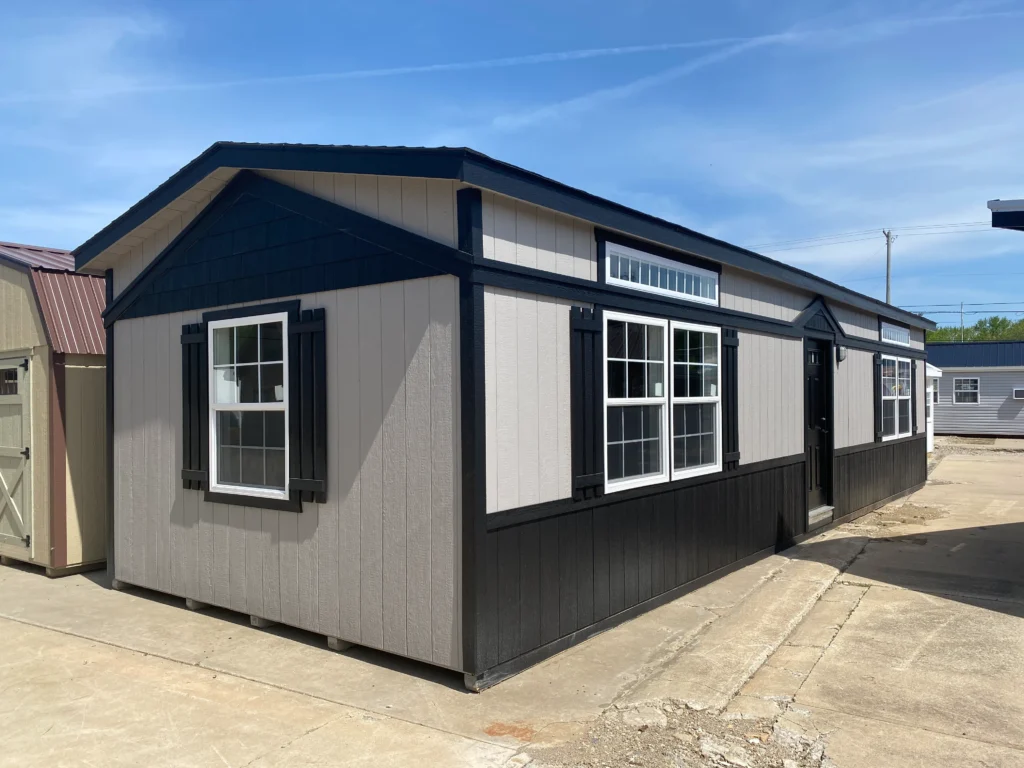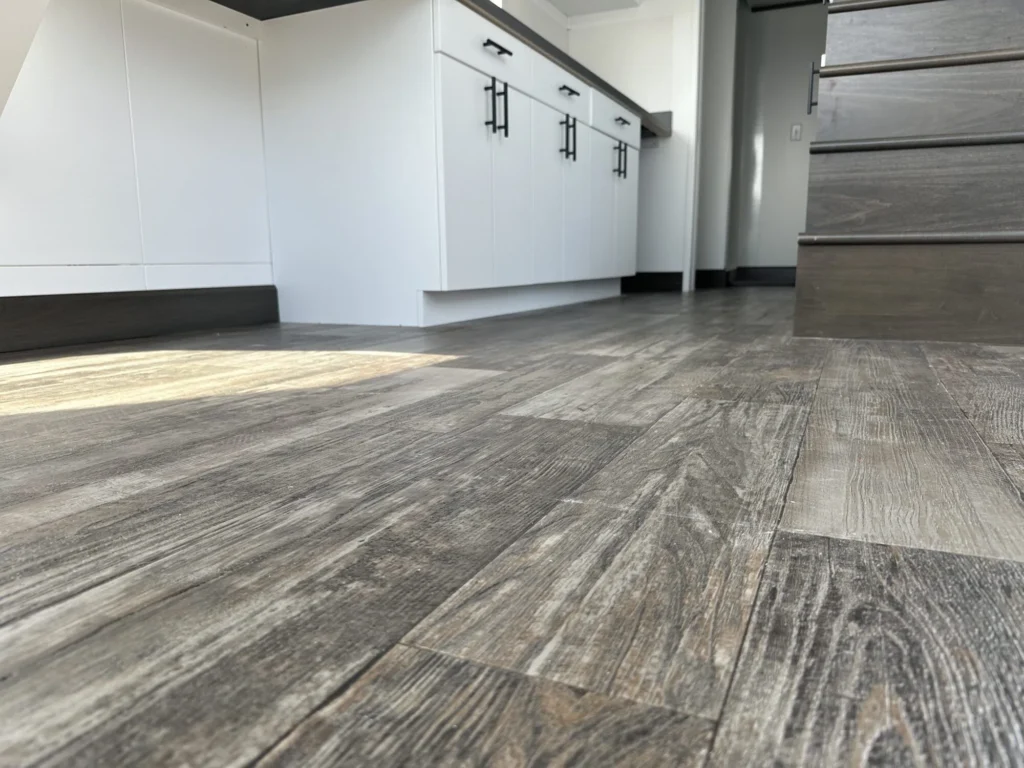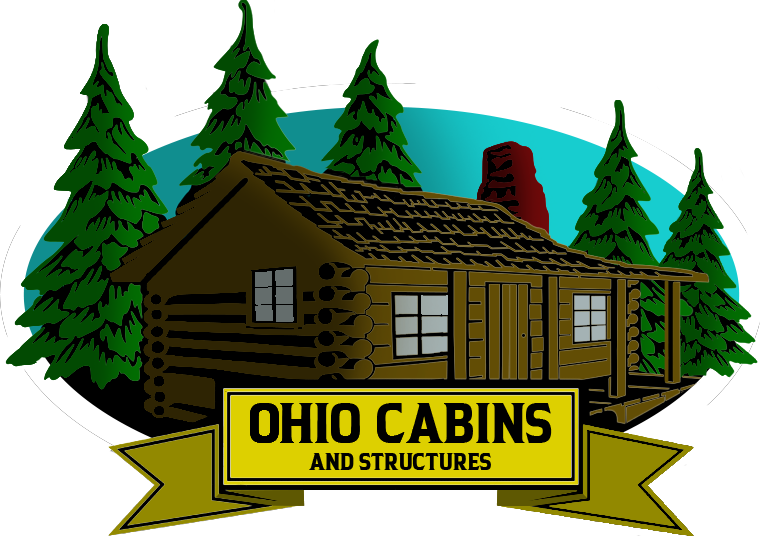Determining how long a roof should last is a crucial consideration for homeowners, property developers, and real estate investors. It impacts budgeting, long-term planning, and overall property value. While the average homeowner may not think about roofing until a problem arises, understanding the expected lifespan of a roof can help prevent costly emergencies and allow for proactive maintenance or replacement. The answer, however, is not straightforward. Roofing lifespan depends on multiple factors such as materials used, regional climate, quality of installation, and ongoing maintenance. In areas like Ohio and the greater Midwest, where roofs endure seasonal extremes, these factors become even more important.

The Role of Roofing Materials
Different roofing materials come with different life expectancies. The most commonly used material in American homes is asphalt shingles. Standard 3-tab asphalt shingles typically last between 15 and 25 years, while architectural shingles, which are thicker and more durable, can last up to 30 or even 40 years under ideal conditions. Metal roofing, gaining popularity for its resilience and modern appearance, may last between 40 and 70 years. Tile, clay, and slate roofs can extend well beyond 50 years, and in many cases, over a century if properly maintained.
Wood shake roofs, while attractive and rustic, usually last around 20 to 40 years but require more maintenance and are vulnerable to fire unless specially treated. Synthetic materials, including rubber and composite shingles, offer long lifespans—often 30 to 50 years—while also being eco-friendly alternatives. In Ohio’s varied climate, the choice of roofing material should be made carefully, balancing cost, durability, and weather resistance.

Climate Challenges in Ohio and the Midwest
Weather conditions in the Midwest significantly impact how long a roof should last. Harsh winters, heavy snow, ice dams, spring storms, and hot, humid summers all put stress on roofing systems. Freeze-thaw cycles can crack shingles or loosen flashing, and persistent humidity can encourage moss and algae growth. These factors are particularly relevant for homeowners in cities like Cleveland, Akron, and Toledo.
Additionally, high winds from summer storms can dislodge shingles or damage the structural integrity of older roofs. Homes located near large bodies of water, such as Lake Erie, may also experience higher humidity and wind exposure. This makes material choice and proper ventilation even more critical to maximize roof longevity in the region.
Installation Quality and Contractor Expertise
A roof’s expected lifespan heavily depends on how well it was installed. Poor installation can void manufacturer warranties, cause early system failures, and invite leaks and structural issues. Roofs that are improperly aligned or lack the correct underlayment and flashing are particularly prone to problems. On the other hand, a professionally installed roof that follows manufacturer guidelines and regional best practices can greatly outlast a poorly installed one.
In Ohio and surrounding areas, it’s essential to work with builders who understand local weather patterns and have experience installing roofs that can endure the state’s environmental demands. Companies like Ohio Cabin And Structures emphasize the importance of craftsmanship and long-term resilience in all their cabin builds, which often include custom roofing solutions.

Importance of Ongoing Roof Maintenance
Even the best materials and expert installation won’t guarantee a long-lasting roof without proper maintenance. Homeowners should conduct seasonal inspections and look for common signs of wear, such as curling shingles, dark spots, leaks, or moss growth. Simple tasks like cleaning gutters, removing overhanging tree branches, and ensuring attic ventilation can extend the roof’s life by years.
Scheduled professional inspections every few years can identify hidden issues and provide maintenance tips specific to the roof’s material and design. In areas with harsh winters or frequent storms, post-storm assessments are also recommended. These inspections help preserve the roof’s integrity and delay the need for full replacement.
Recognizing When It’s Time to Replace a Roof
Understanding how long a roof should last also involves recognizing when replacement is necessary. Visible signs like missing or damaged shingles, granule loss, or sagging indicate trouble. Water stains on ceilings or walls are red flags for leaks that may have been present for some time.
In Ohio, roofs over 20 years old that have been through multiple winter freeze-thaw cycles and heavy rainstorms are often due for a closer evaluation. Energy bills creeping higher without an obvious reason could also point to a roof no longer providing adequate insulation or ventilation.

Cost Considerations Over Time
While some homeowners hesitate to invest in higher-end roofing materials due to the upfront cost, it’s often worth considering the long-term financial impact. According to the National Association of Realtors, a high-quality, long-lasting roof can significantly reduce long-term repair and utility costs over time.
A longer-lasting roof also contributes to property value and can make a home more appealing to potential buyers. For Ohio homeowners, this could be a key consideration in growing markets like Columbus or Cincinnati. Factoring in durability, resale value, and utility savings provides a fuller picture of how long your roof should last from a financial perspective.
Environmental Impacts and Sustainability
Roofing choices also influence a home’s environmental footprint. Long-lasting roofs reduce landfill waste, especially when made of recyclable or renewable materials. Some roofing options include reflective coatings that improve energy efficiency by keeping homes cooler in summer. In Ohio, where summers can be humid and hot, energy-efficient roofs can significantly reduce cooling costs.
Options like metal and synthetic shingles often include recycled content and can be reused after removal. This trend is increasingly attractive to eco-conscious homeowners who value durability as well as sustainability. For more on energy-efficient roofing, visit the U.S. Department of Energy. For additional insights into roofing materials and installation, explore resources at This Old House.

Conclusion
Answering the question “how long should a roof last” requires considering a range of factors—from the materials used and climate conditions to installation quality and ongoing care. In Ohio and across the Midwest, weather extremes put unique demands on roofing systems, making informed decisions even more vital. Whether your home is in Dayton, Youngstown, or the countryside, ensuring a roof is well-chosen and well-maintained can extend its life and protect your investment.
Ohio Cabin And Structures understands the importance of building homes and cabins with durable, high-quality roofs suited for the region. Their commitment to craftsmanship ensures long-lasting results for homeowners throughout Ohio and the Midwest. To learn more about their custom-built structures and roofing expertise, visit Ohio Cabin And Structures.
